Dramaturgical resources for a new play by Patricia Milton, premiering at Central Works Theatre in 2019
Don't wanna be here? Send us removal request.
Link
This group has created an algorithm which reveals clusters of murders that may be evidence of serial killers. During the period 2000 through 2015, medical authorities reported 29,800 more homicides than were reported by police.
0 notes
Text
Society and Serial Killers
“[Serial murderer] Gerald Stano likened the killing of his victims to ‘no different than stepping on a cockroach’ (Holmes and DeBurger, 1998). Such a statement keenly demonstrates the extent to which serial killers embrace and reproduce the wider cultural codings that have devalued, stigmatised and marginalised specific groups.”
- from The social study of serial killers, Kevin Haggerty and Ariane Ellerbrok, UK Centre for Crime and Justice Studies.
0 notes
Photo
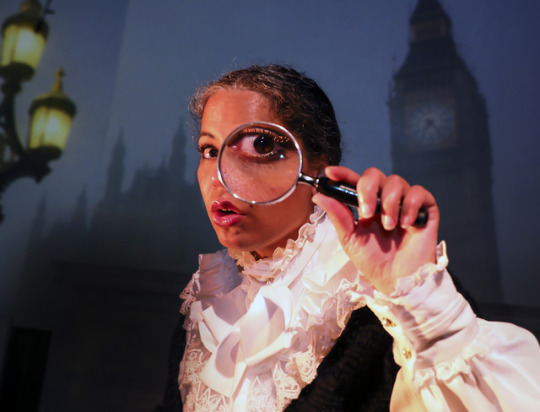
In the female detective story, her surveillance means the woman seizes the dominant gaze and exercises professional, if not institutional, control.
Photo: Chelsea Bearce as Katie Smalls, pic by Jim Norrena
1 note
·
View note
Photo
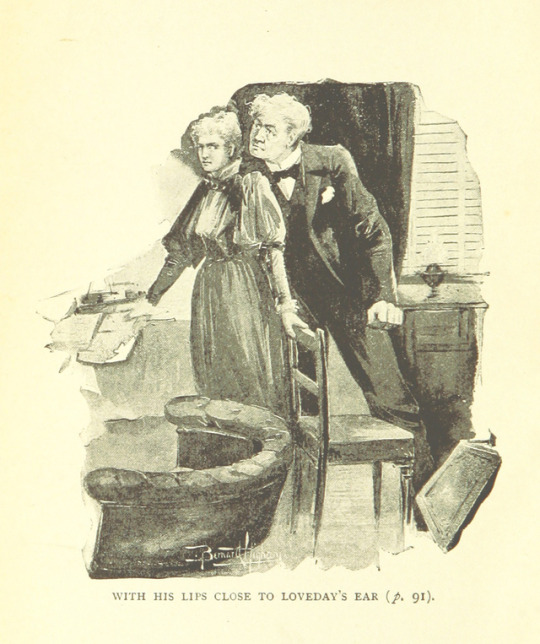
Endemic to the Victorian and Long Edwardian eras were two clashing conceptions of female purpose, ability, and power. One approach insisted that the woman be the keeper of the domestic sphere and cultivator of its related moral and civic pursuits (charitable causes, family concerns, etc.), while the other, increasingly popular sentiment demanded female equity with men on numerous grounds: legal, political, economic, social, and academic.
The latter attitude, often associated in modern cultural memory with the suffragists who fought for women’s right to vote, was embodied by the paradigm of the “New Woman,” a real-life female archetype characterized by good education, economic independence (i.e., employment), and physical freedom (including “rational dress” and bicycle riding). Or, as Birgitta Berglund at Lund University has explained, this intense divide can be broken down into basic terms: woman as object versus woman as subject.
0 notes
Photo

Vintage portrait of a Victorian lady with fan.
Katie Smalls, an American actress living in London, practices self defence in all its forms in “The Victorian Ladies’ Detective Collective.”
1 note
·
View note
Photo
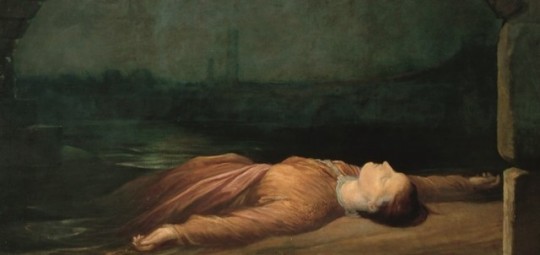
The male detective operates outside society’s conventions because that is what male heroes do. A woman, therefore, should not be a detective ... because a woman hero operating outside of society’s conventions is seen as deviant.
Nevertheless, she detected.
0 notes
Photo
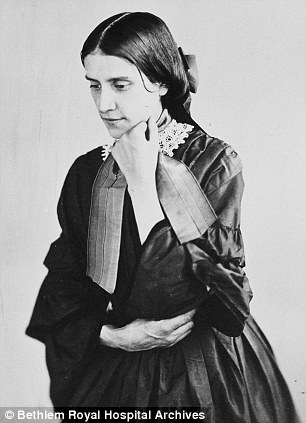
In the Victorian era, the model image of woman emphasized the virtues of delicacy, purity, and domesticity. Rejection of that ideal or deviation from it resulted in psychological and physical problems. By the end of the nineteenth century, images of madness culturally executed and enforced were primarily of women (Chesler, 74). Feminists began to understand female madness as an historical label applied to female protest. Labeled “deviant,”Victorian women subverted the linear logic of male science by expressing their opposition against the traditional feminine role with physical symptoms.
0 notes
Photo

THE FEMALE DETECTIVE
Amidst an steady onslaught of large and small acts of male domination and aggression, the woman detective sees that murder is a distillation of misogyny, the enforcement arm of the patriarchy. Murder is an event that recapitulates patriarchal ideology in intensified form.
“What is the pattern?” she asks.
0 notes
Link
The idea of believing women, and especially believing victims, is a key point in solving the mystery of the Battersea Butcher.
0 notes
Link
Stunning misogyny on the part of the police: they disregarded women's testimony, repeatedly let sexism lead them to the wrong conclusions, and thus ensured the Yorkshire Ripper remained at large for SIX YEARS. #TheVictorianLadiesDetectiveCollective
0 notes
Quote
The media help disseminate the message that it’s good to be a serial killer...There are rewards to such violent behavior—loyal fans, marriage proposals, splashy headlines.
Park Dietz, forensic psychiatrist and consultant to the FBI’s Behavioral Science Unit
0 notes
Photo
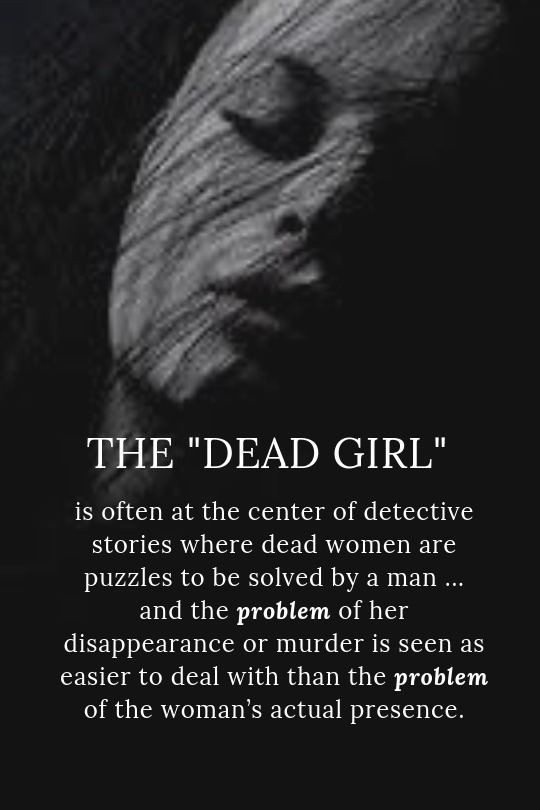
Worse yet, the murderer may be at the center of the story, and the woman is a pawn between the (male) killer and the (male) detective.
0 notes
Photo

The serial killer’s victim is often dehumanized or treated as to blame. “What we have done to Jack the Ripper’s victims is the grossest example of our drive to use women’s brutalised bodies as a flimsy springboard to tell a story about a male killer.”
https://tinyurl.com/vicladies
0 notes
Quote
There is a great deal of poetry in crime if one only had the eye to see it. There is a rhythm and a satisfying symmetry when a plot is going well that rivals anything by Byron, Keats, or Shelley—none of whom, one can confidently assert, ever had occasion to assist police with their inquiries for a carelessly conceived morceau or an improper anapest.
Mrs Daffodil Digresses
https://mrsdaffodildigresses.wordpress.com/2016/01/27/a-lady-detective-1891/
0 notes
Link
In “The Victorian Ladies’ Detective Collective,” Loveday Fortescue notices the amount of celebrity granted the serial killer, at the expense of his victims.
1 note
·
View note
Photo
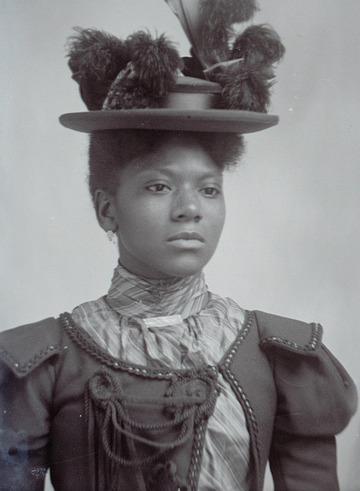
Black and biracial women lived and worked in Victorian England, but have largely been erased. I used several research books and photos as inspiration for the character of Miss Katie Smalls, actress and detective.
1 note
·
View note
Link
“In the aftermath of #MeToo, there is a prevailing sense of moral imperative to pay less attention to the perspectives of larger-than-life men (What drove the most infamous serial killer of all time? And how did he get away with it?) and more attention to women who’ve been rendered faceless, anonymous and expendable.”
1 note
·
View note